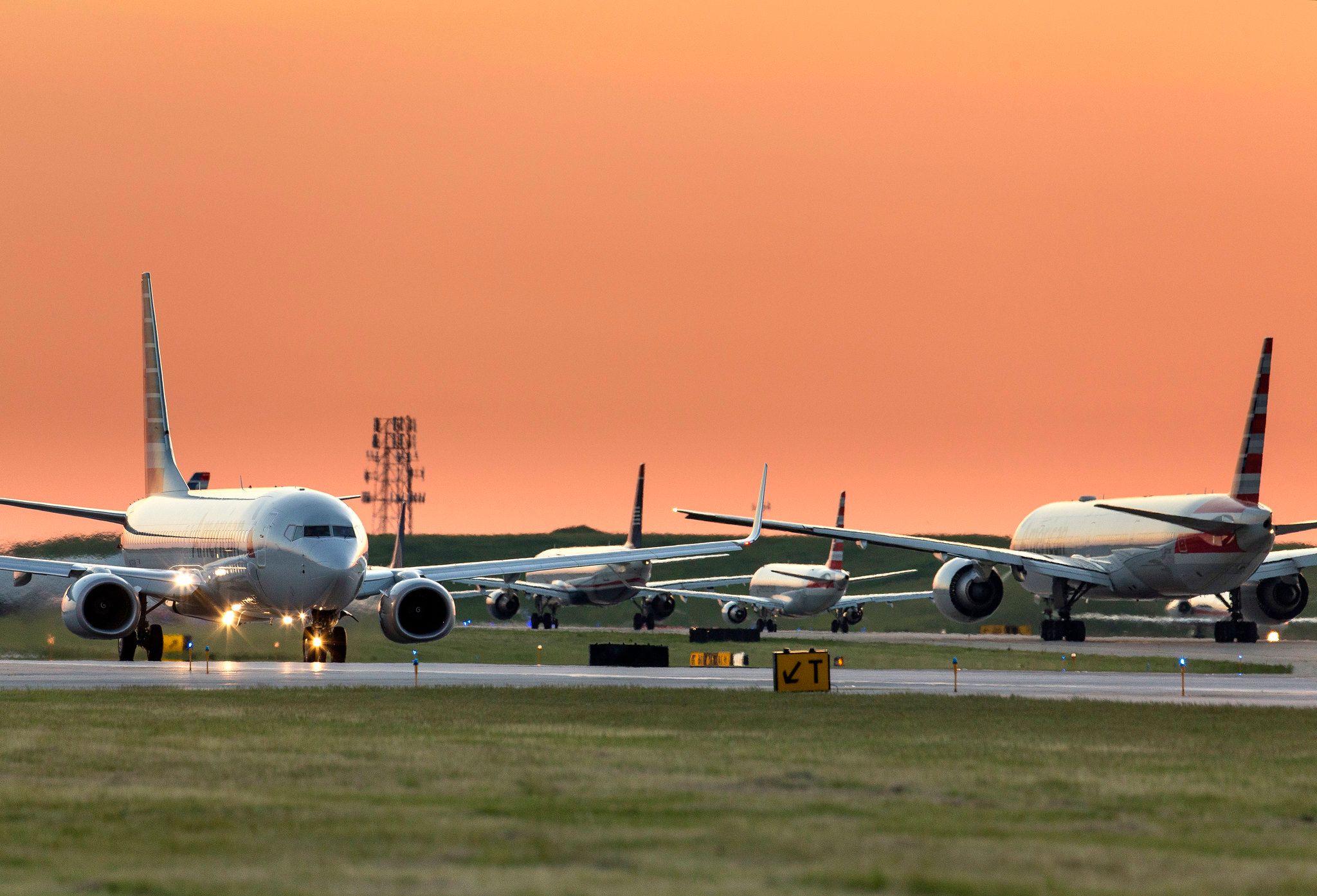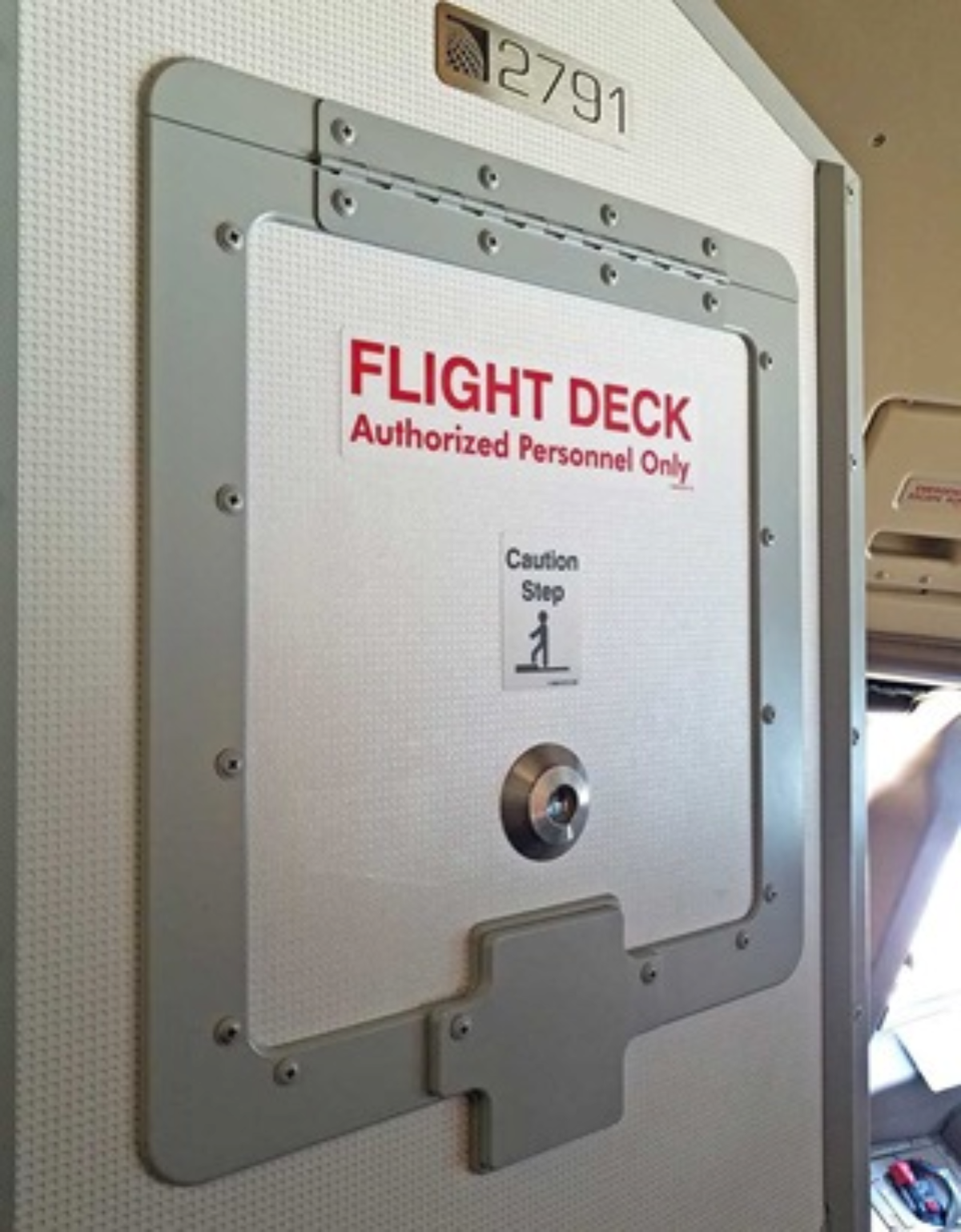The US Department of Transportation's Federal Aviation Administration (FAA) wants a rule requiring aircraft manufacturers to install a second physical barrier on commercial passenger aircraft in service in the US. The second physical barrier would be closed and locked whenever the flight deck door is opened while the aircraft is airborne.
Success in a long campaign to improve flight deck security
Following 9/11, a raft of new flight deck security protocols were implemented in the US and elsewhere. The days of kids wandering up to the flight deck for a look-see and a chat with the pilots ended abruptly. Flight deck doors were strengthened and stayed locked during the flight unless a member of the flight crew needed to enter or exit.
While other crew members now position themselves to block passenger access whenever the flight deck door briefly opens during a flight, there has been a long campaign for a secondary security barrier. Last year, the Air Line Pilots Association said a mandated secondary security barrier in the flight deck was long overdue.
This week, FAA Acting Administrator Billy Nolen and US Transportation Secretary Pete Buttigieg made their move. "Each additional layer of safety matters. Protecting flight crews helps keep our system the safest in the world," said Mr Nolen when announcing the proposed rule.
Rule would apply to almost all commercial passenger aircraft in operation in the US
The proposed rule would affect airlines conducting passenger-carrying operations with transport category airplanes operating in the US. While precisely what form the second physical barrier would take isn't yet clear, and barrier would permit line-of-sight visibility between the flight deck door and the cabin while preventing any intrusion when the main flight deck door is open. Prison grade perspex comes to mind.
Indeed, a mockup of a secondary security barrier made by the ALPA closely resembles a prison cell door - a series of horizontal metal bars welded to a steel frame.
"I am pleased that the FAA has finally taken the first step toward addressing this vulnerability after years of delay—delays caused by airline opposition and that have resulted in thousands of planes coming into service since 2001 without this critical security enhancement," says Captain Joe DePete from the Air Line Pilots Association.
Moves afoot to apply the rule retrospectively
The FAA says the proposed rule would apply to transport category airplanes manufactured two years after the final rule first comes into effect. But that's not good enough for the ALPA. They want legislation to force airlines to install secondary security barriers on existing aircraft. Captain DePete says doing so should be one of the nation's highest national security priorities.
The provision to retrospectively fit secondary security barriers into flight decks is in the Saracini Enhanced Aviation Safety Act, which is now before the US Congress. That legislation, named after Captain Victor J. Saracini, one of the pilots killed in the 9/11 hijackings, was submitted to Congress in early 2021.
"We need to go a step further and require that all existing commercial aircraft also have secondary cockpit barriers," said Congressman Josh Gottheimer at the time. "Why would you have some planes that are safe from terrorist attacks on the cockpit and others that aren't?"
Interested parties have 60 days to comment on the proposed rule once it is published in the US Federal Register. After that 60 days, the FAA will publish a final rule.



.jpg)